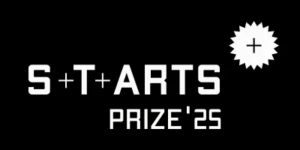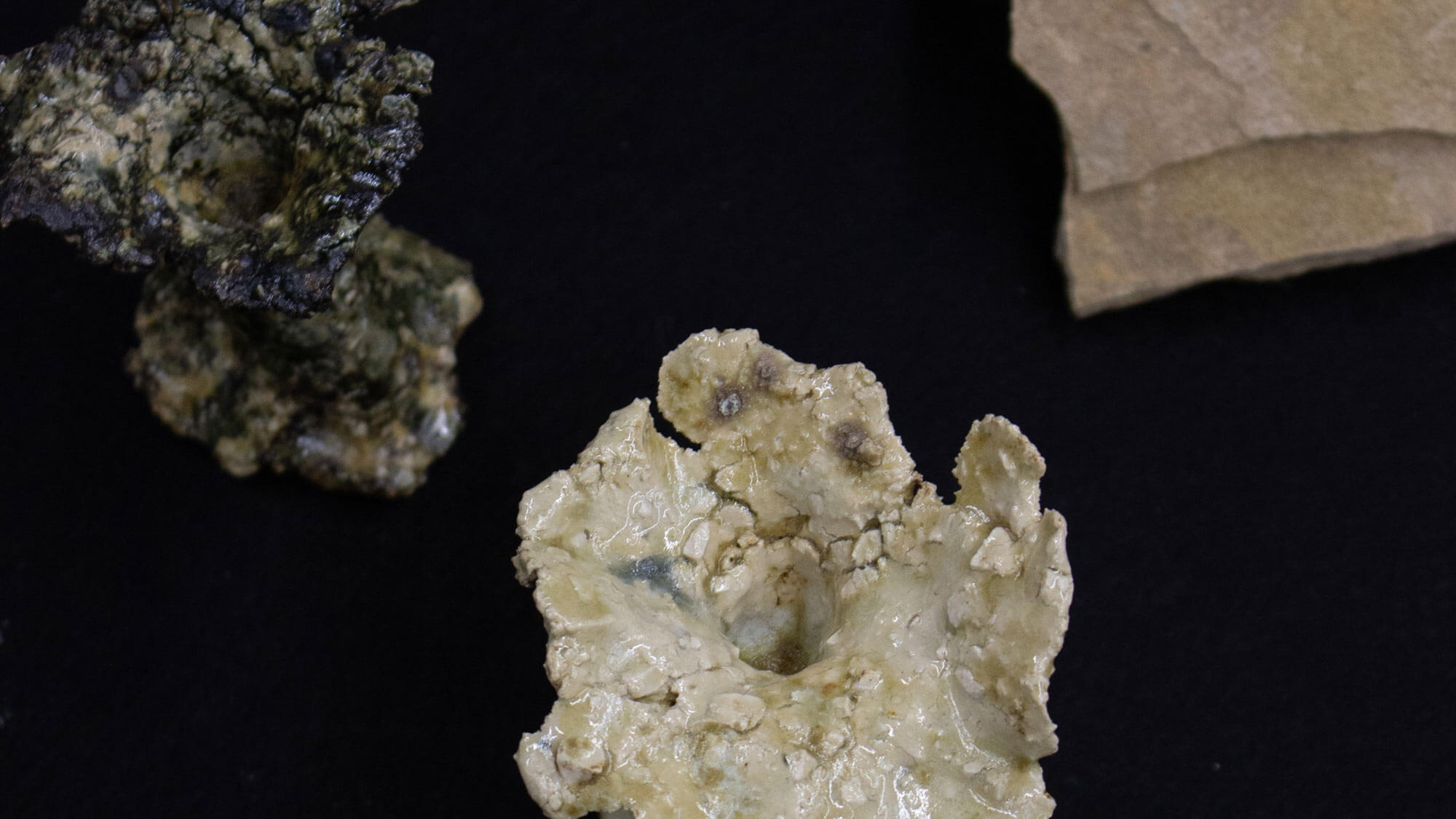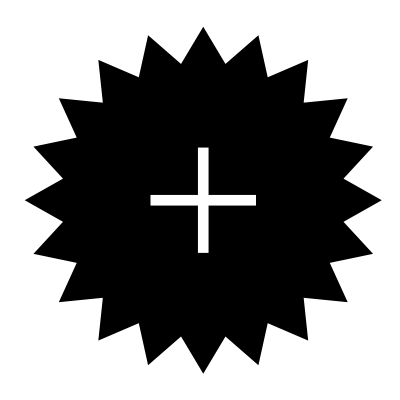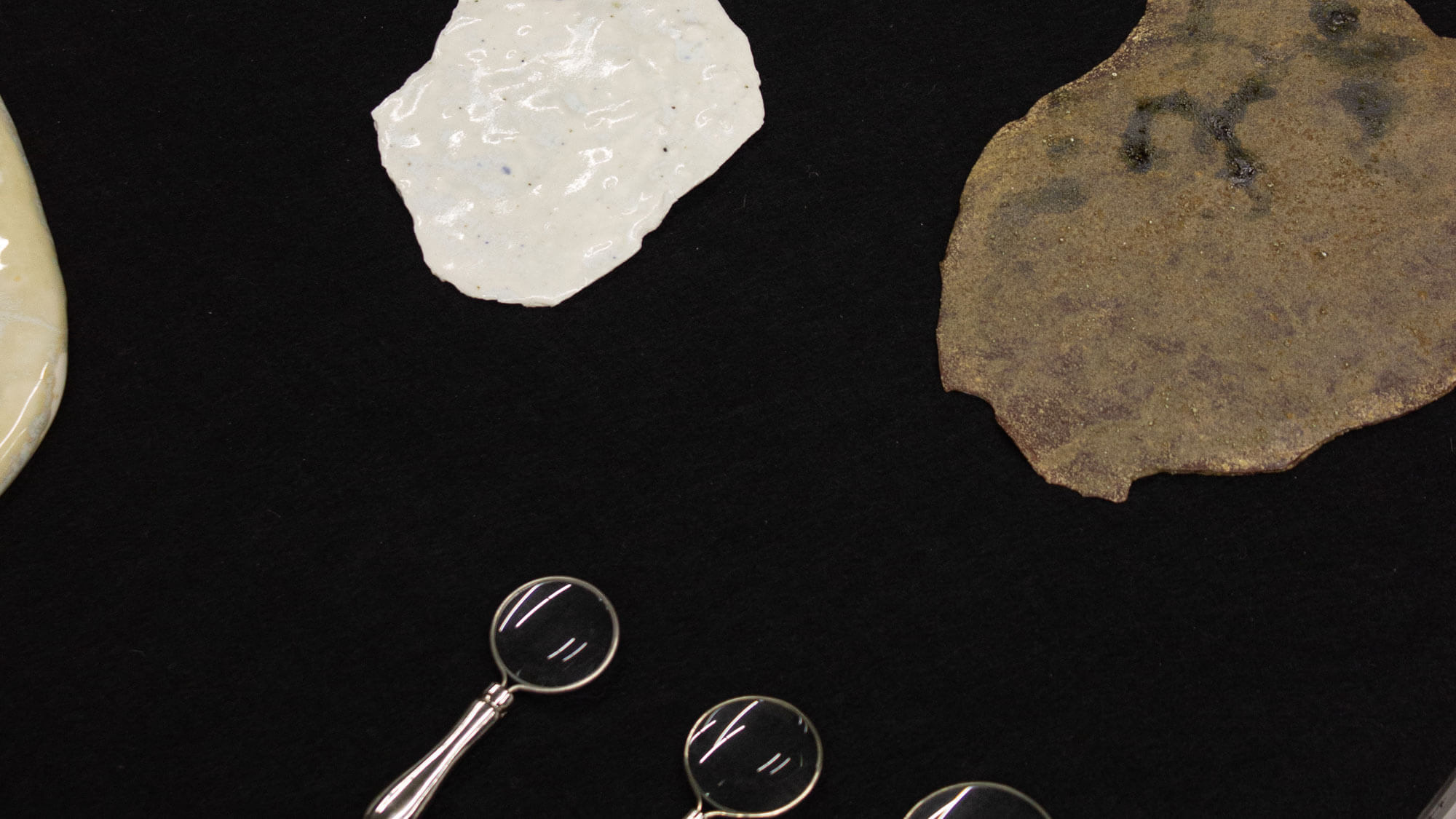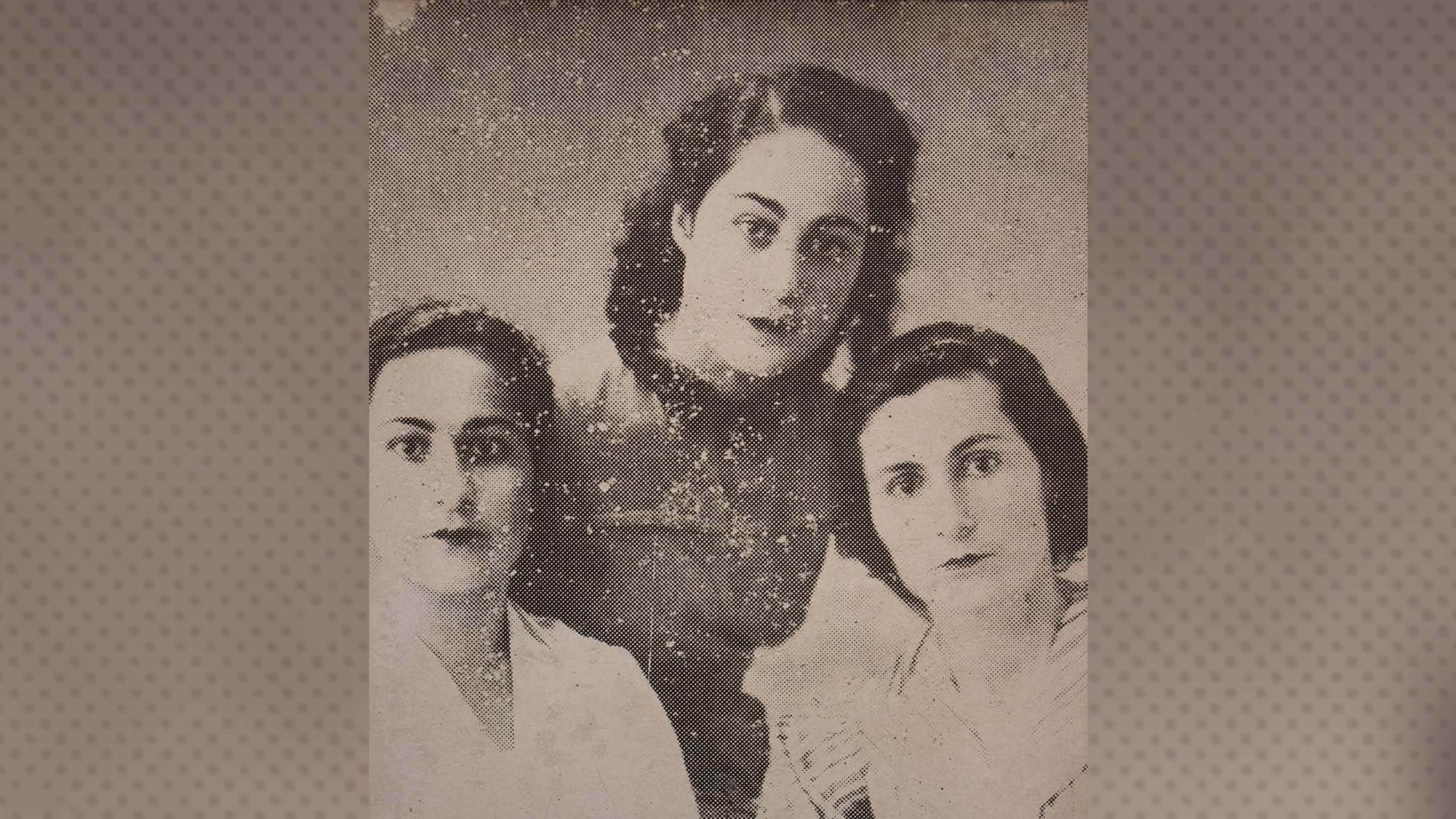Honorary Mention
Heidelberg Materials (previously Heidelberg Cement) is a German multinational building materials company. Operating across 50 countries, Heidelberg is a world’s second largest cement producer, and third largest for ready mixed concrete. While being numerously accused of causing uncontrollable environmental destruction around the world, Heidelberg positions itself as a symbol of sustainability.
Offering a counter-narrative rooted in the locality of Kavtiskhevi, Georgia, told by the artist’s grandmother: the work seeks to dismantle Heidelberg Cement’s carefully curated image of responsibility. Using Heidelberg cement (sourced from the limestone quarries of their native village Kavtiskhevi), the artist confronts the enduring legacies of German extractivism in the region.
Georgian legislation, which permits mining until total resource depletion, underscores the eschatological violence of this process. Cement tiles, made from the same Heidelberg cement bear photographic imprints of Kavtiskhevi’s residents and non-human life, rendering the erasure visible. Meanwhile, quarry waste foraged on site is repurposed into ceramics and glazes, transforming them into artifacts resisting commodification. The resulting artwork seeks to reclaim the complicit material into a surface for truth-telling and accountability.
”My grandmother used to tell me that in the previous century, about 50 years ago, German (through her words) ‘technologists’ came to the village. They asked for consent to mine kaolin from a hill, which the Kavtiskhevi locals call Kataula. According to the German technologists, the material extracted from the mountain would make valuable porcelain. My grandmother resisted and sent them away. Years have passed by, and a thin layer of white dust swathes the village; a cement grime from the nearby cement factory. The residents claim that the cancer rates have significantly risen since.”
On 27 November 2024, German Ambassador Peter Fischer, responding to a question about the trend of German investments, stated that a major investor, Heidelberg Cement, had left Georgia. However the mining still continues, now under Georgian shareholders.
Credits
Artist: Ana Mikadze
Kataula inaugurated at Design Investigations, University of Applied Arts Vienna
Special thanks: to my neighbors, co-organizers and group members in Kavtiskhevi.
Thanks to: Nina Khutsishvili, Mirian Jugheli, and David Gurgenidze for their support for the cause and drone footage.
Biography
Ana Mikadze (GE) is a Georgian researcher, designer/artist of Armenian descent (Kars). Their work mainly addresses the legacies of imperialism and colonialism in the Caucasus, tracing them to the contemporary conditions of extractivism, labor, and the processes of borderization. With a background in industrial design, their practice emerges from their profound interest in the entanglements of design, history, and geopolitics. Ana’s work moves across installations, investigations, text and material inquiry.
Jury Statement
The most consumed resource on the planet and the most widely used human-made material, cement is found everywhere we turn; roads, ports, buildings, floors, the list goes on. But while being a resource we relentlessly consume, cement also has a huge impact as one of the biggest CO2 emitters, as well as causing significant environmental destruction in its production process, devastating landscapes, but also communities. It is one such story of environmental and human destruction that Kataula is very eloquently trying to tell. Kavtiskhevi village and a site of limestone quarries in Georgia has been transformed by decades of mining and extraction. Heidelberg Cement, a large multinational German company, and the world’s second largest cement producer, has been central to Kavtiskhevi’s destruction, while attempting to manipulate the narrative by positioning itself as a sustainable company. Kataula repurposes cement and quarry waste, creating artefacts that present the life and environment erased by extractivism, while telling stories Heidelberg Cement tries to suppress.
